Military news 11/2: Su-57E is the focus at Aero India, when Russia's 5th generation fighter jet receives attention from India.
Su-57E is the highlight at Aero India International Exhibition; Morocco chooses Israeli howitzers to replace French products are the contents of today's world military news.
Su-57E is the highlight at Aero India International Exhibition
Russia's fifth-generation fighter Su-57E, which is being showcased at the Aero India international exhibition at the Yelahanka air base, has attracted great interest.
The fighter jet flown by honored test pilot Hero of Russia Sergey Bogdan attracted the attention of guests and exhibition attendees, TASS news agency reported.
“There are always a lot of spectators standing near the Russian aircraft. The open-air exhibition where the fighter jets are located has been visited by delegations from many foreign countries,” TASS reported.
The training flight took place on February 10 and the first demonstration flight of the Su-57 at the exhibition took place on February 11.
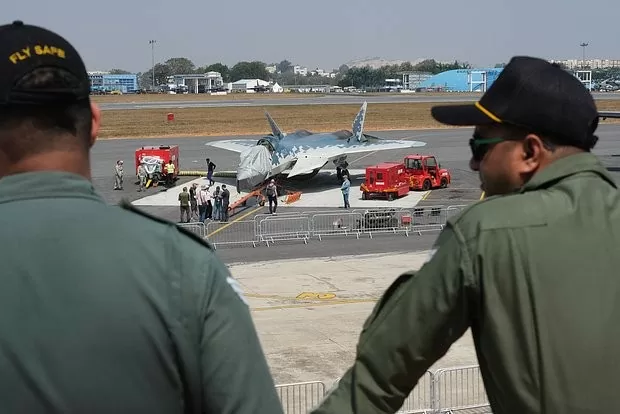 |
| Su-57E aircraft at Aero India. Photo: Defense News |
In early February 2025, Rosoboronexport CEO Alexander Mikheev informed that Russia had offered to supply Su-57 fighter jets to India. Russia also proposed to organize joint production of the aircraft in India.
In this regard, Igor Korotchenko, Director of the Center for Analysis of World Arms Markets (CAWAT), explained the attractiveness of Russian aircraft for India. He stressed that China, India's neighbor, has produced about 300 J-20 fighters. For this reason, Delhi needs to equip its air force with modern aircraft as soon as possible. Developing a new product will take a long time, so India can equip itself with American F-35s or Russian Su-57s to create a modern fighter fleet.
“Among the advantages of the Su-57, the expert highlighted the possibility of using it as the basis for a two-seat version of this aircraft, which is a mandatory requirement of the Indian Air Force. In addition, within the framework of the Make in India program, Russia is ready to transfer to India all technologies and capabilities for further production at the enterprises of the HAL corporation,” said Igor Korotchenko.
Mr. Korotchenko also noted that the Su-57 is a twin-engine aircraft capable of attacking ground targets and gaining air superiority. This is also an important requirement for the future aircraft of the Indian Air Force.
Rostec previously announced it was stepping up marketing of the Su-57 for export. Russia will also expand its production capacity to meet growing demand for the fighter jet.
Morocco chooses Israeli howitzers to replace French products
The Moroccan Armed Forces will purchase 36 units of the Israeli ATMOS-2000 155mm wheeled self-propelled howitzer due to problems found in the operation of the French CAESAR 155mm self-propelled howitzer.
According to La Tribune, the Moroccan Armed Forces are experiencing ongoing technical problems with the CAESAR system (40 units will be delivered in 2022-2023). Some guns remain inoperative despite efforts by the French KNDS to fix the faults.
Frustrated by the delays and unresolved issues, the Moroccan Armed Forces Command looked for alternatives and decided to purchase the ATMOS-2000 self-propelled howitzer from Elbit Systems. The Israeli artillery system on the Czech Tatra chassis outperformed the CAESAR in both technical reliability and operational flexibility, which is why it was chosen. According to Elbit Systems, the ATMOS-2000 is also significantly superior to the French CAESAR SG in many other aspects, especially in terms of mobility, firepower and level of automation.
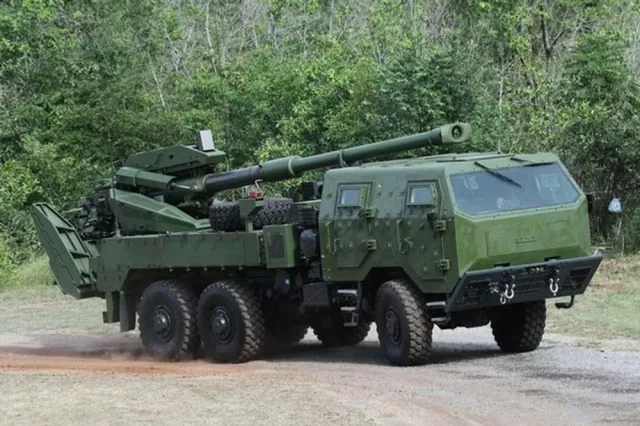 |
| ATMOS-2000 howitzer system. Photo: CAWAT |
The deal would have made commercial sense, as Morocco expected concessions from KNDS France to deal with the faulty systems. However, this demand was never met, further weakening France’s position in the Moroccan defense market.
Previously, Thailand had refused to purchase additional units of the 155mm/52 CAESAR self-propelled artillery due to problems with the chassis of the first batch. Shortly after purchasing the first batch of six units of the 155mm/52 CAESAR self-propelled artillery in 2009, problems arose in repairing the artillery chassis based on the Renault Sherpa 5 6x6 truck, resulting in the entire system being grounded.
Thailand signed a contract to buy six CAESAR SG guns worth 1.3 billion baht (about $52 million) in 2006. The deal included an option to sell 18 more systems. The first vehicles were delivered in 2009-2010.
However, based on the results of the pilot evaluation during the operation of the first batch, Thailand decided to abandon the purchase of additional French systems and switch to the production of 155/52 mm M758 wheeled self-propelled artillery systems (the domestic name of the ATMOS-2000 self-propelled artillery produced under license by the Israeli company Elbit Systems) with a delivery quantity of 30 systems.
Work is also ongoing to resolve issues related to the French system’s fire control system (FCS). The Thai SG CAESARs do not have a backup manual fire control system. As a result, the fully automatic fire control system frequently fails to operate normally.
Source: https://congthuong.vn/ban-tin-quan-su-112-su-57e-la-tam-diem-tai-aero-india-373261.html


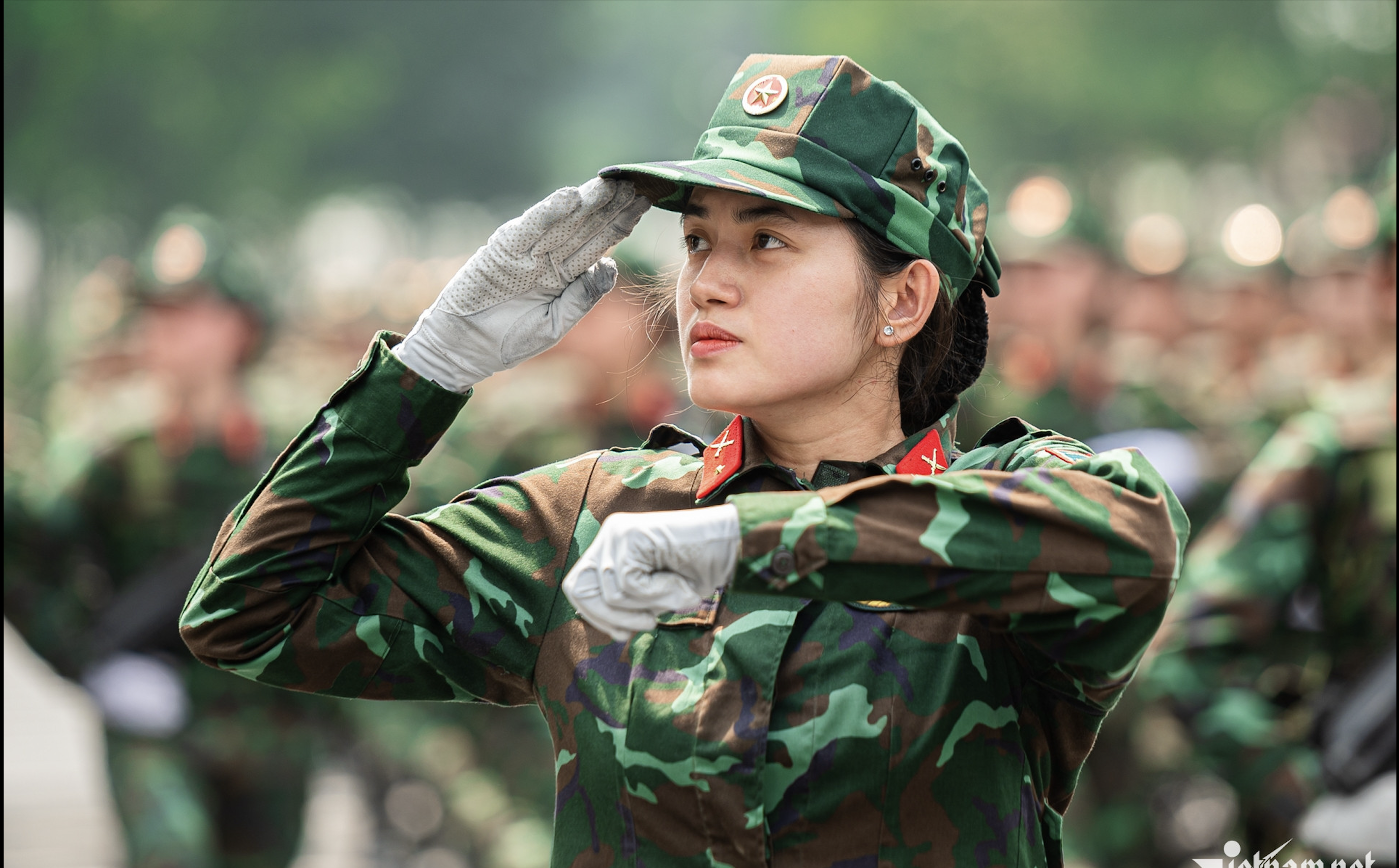
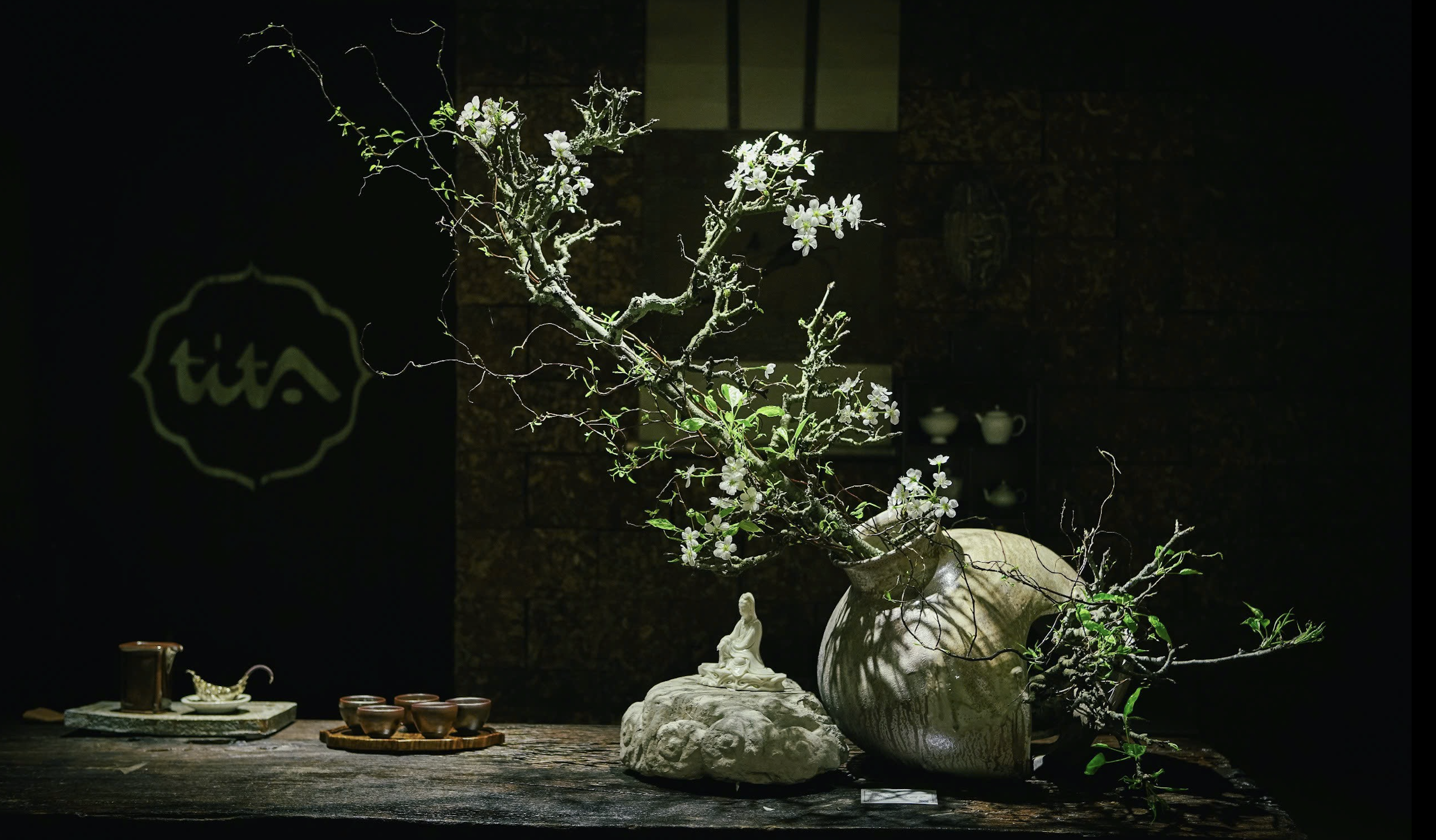

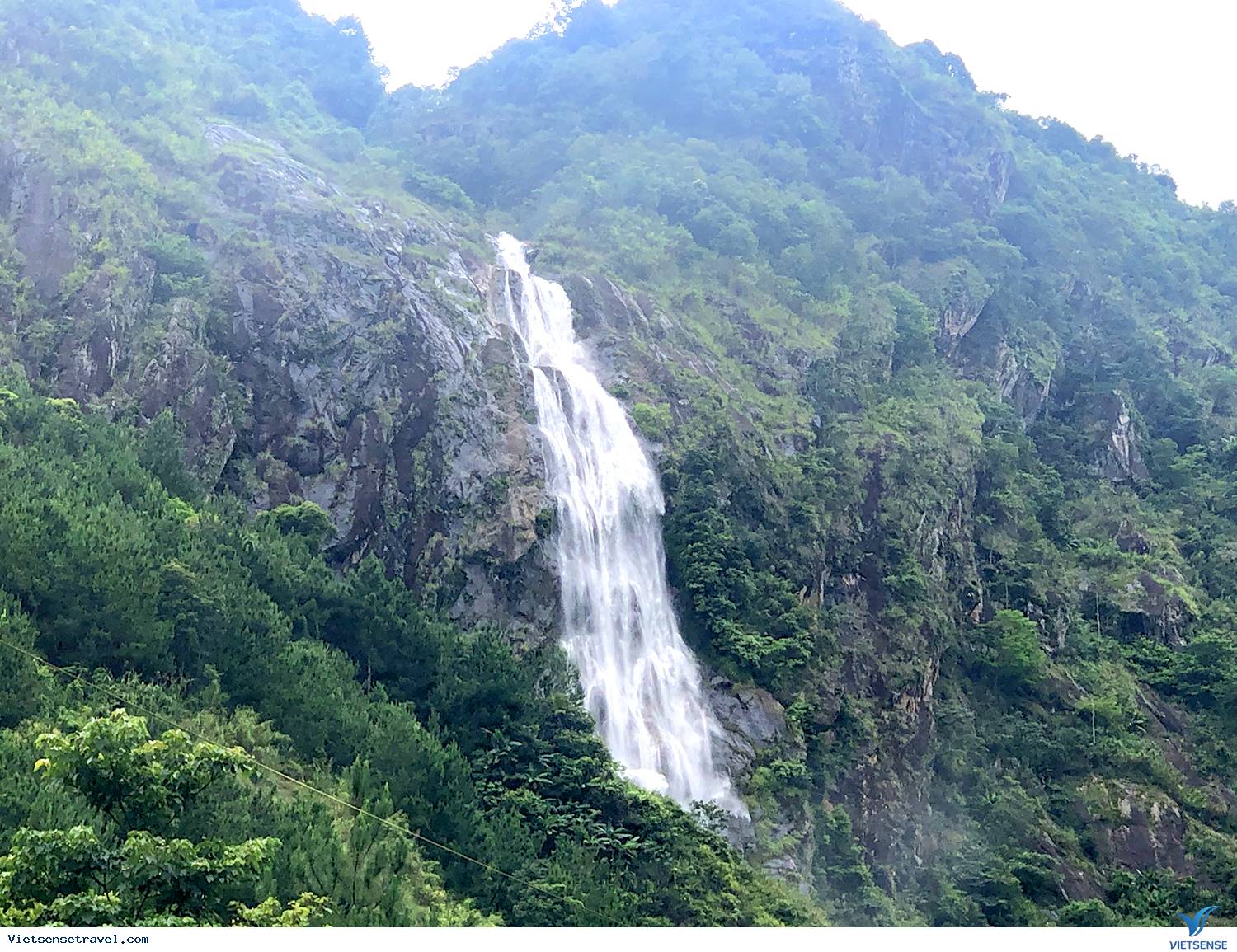
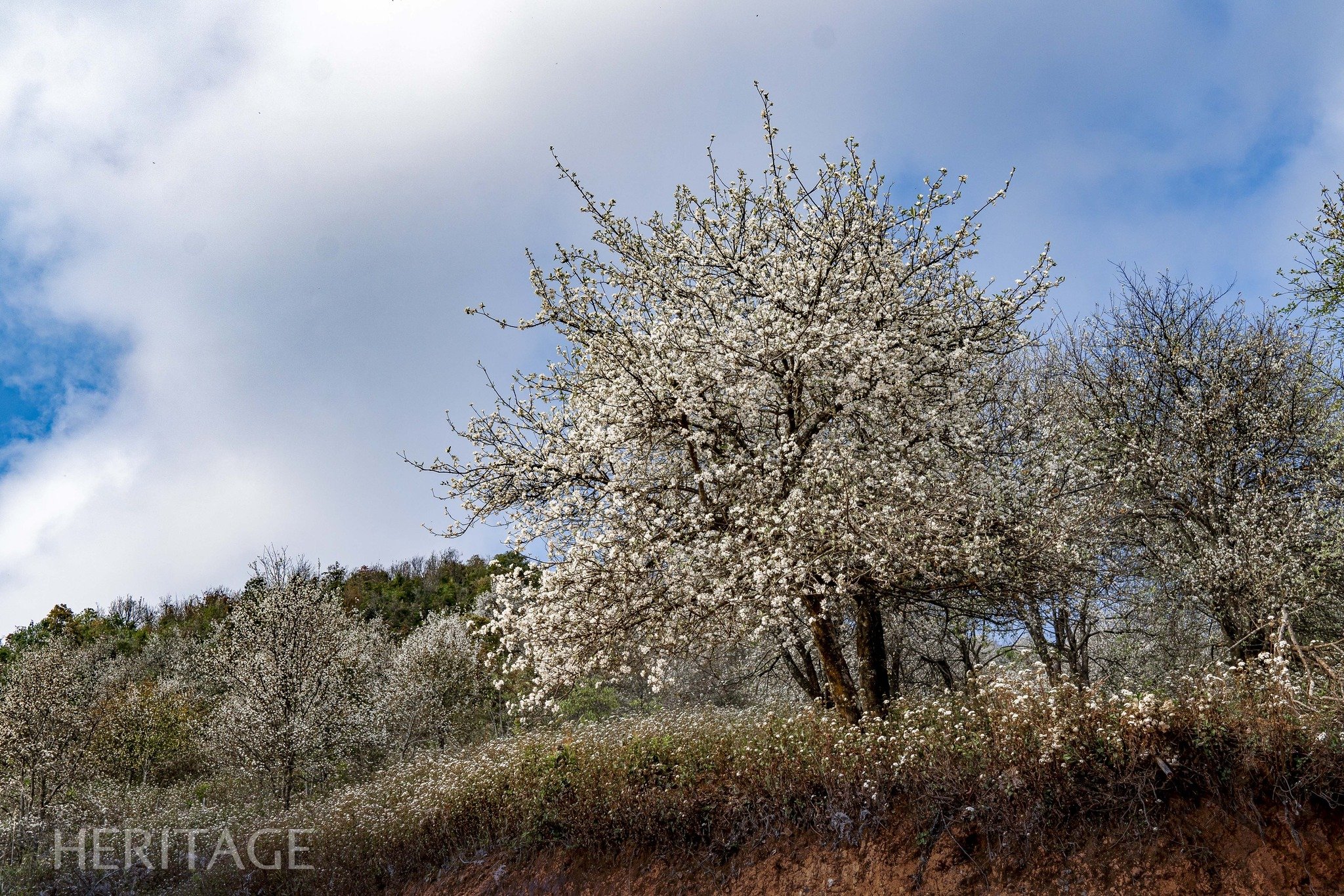
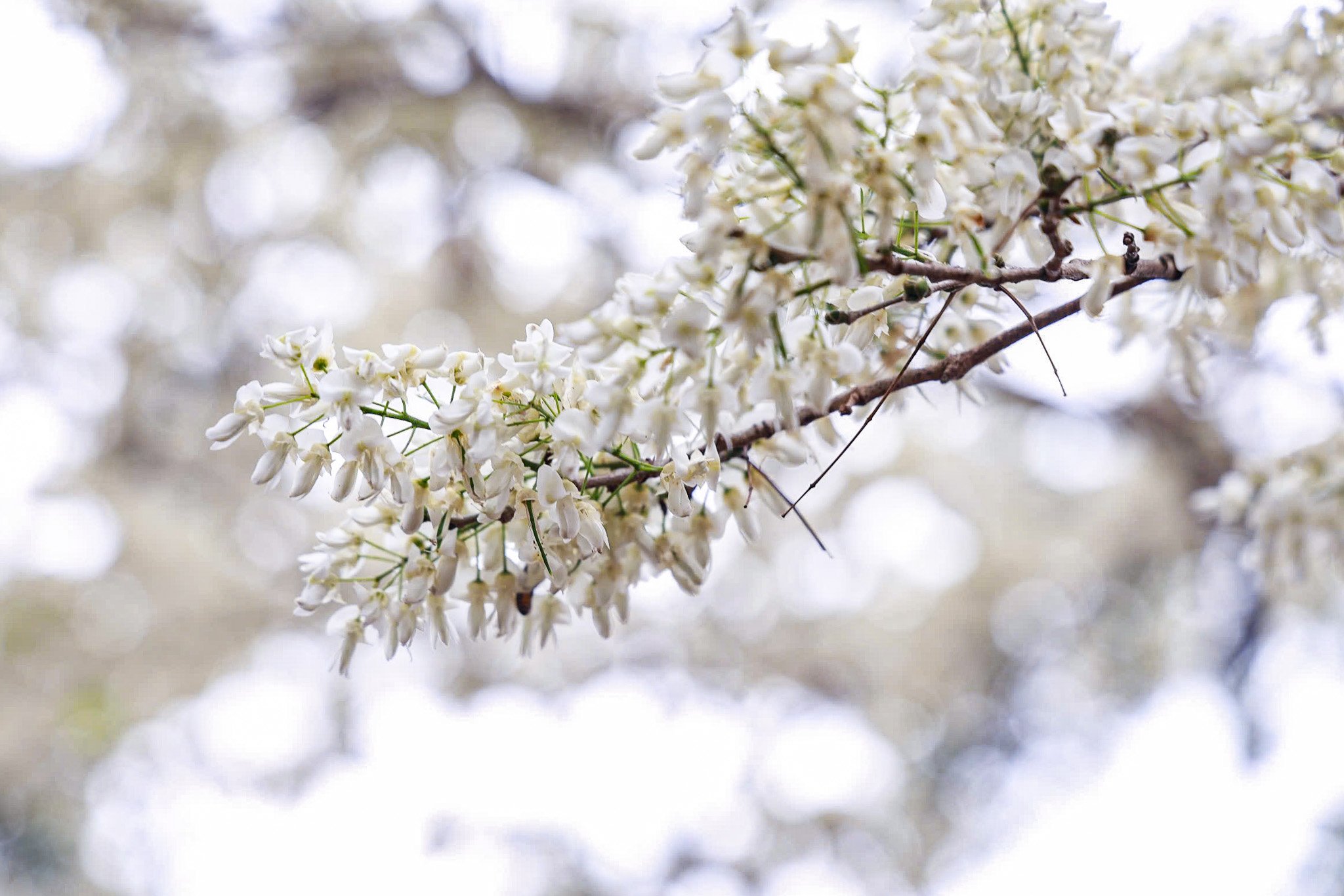
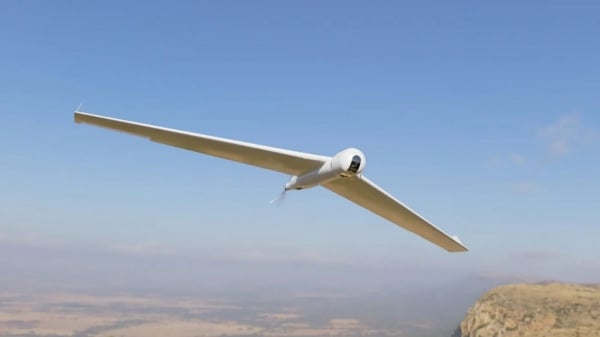
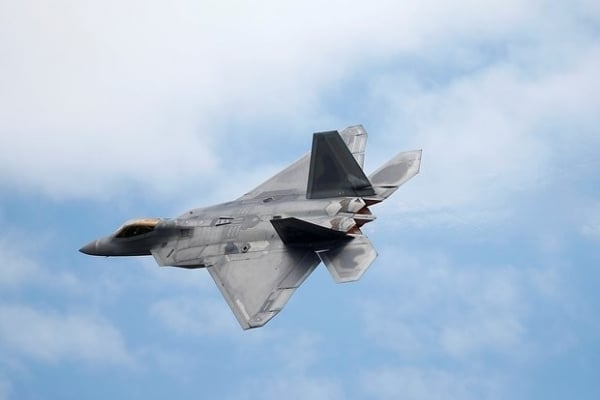
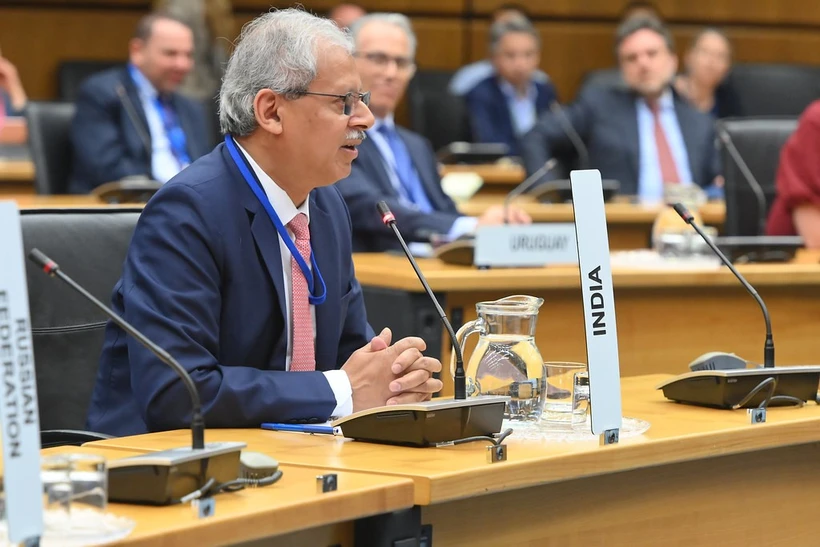

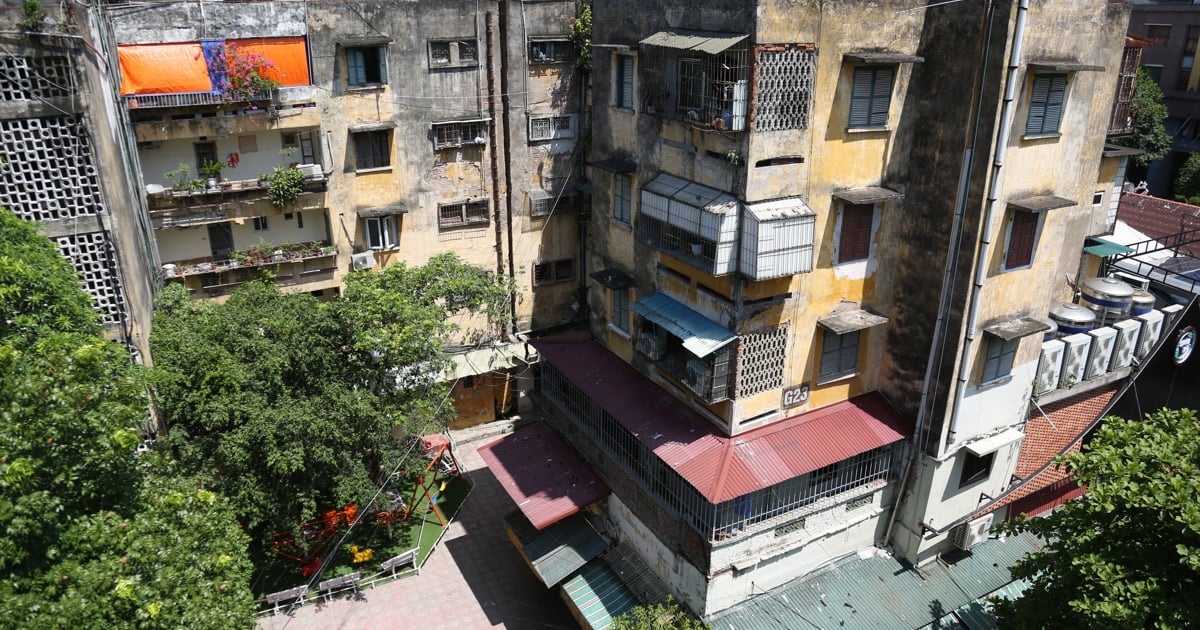




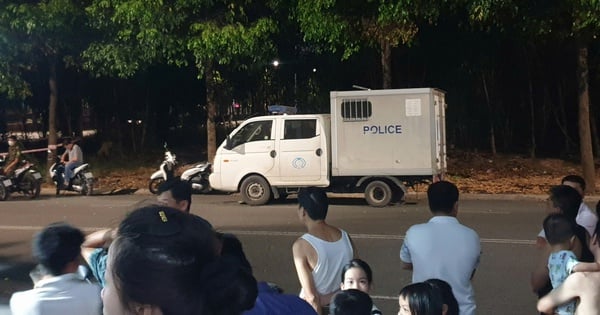



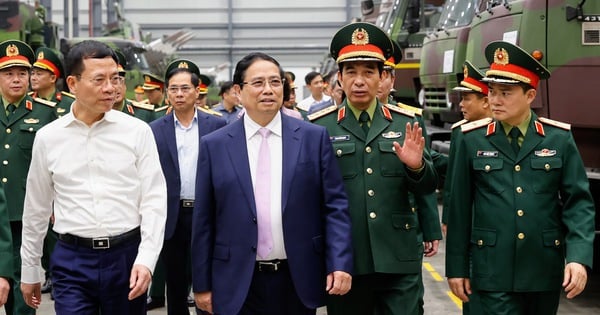
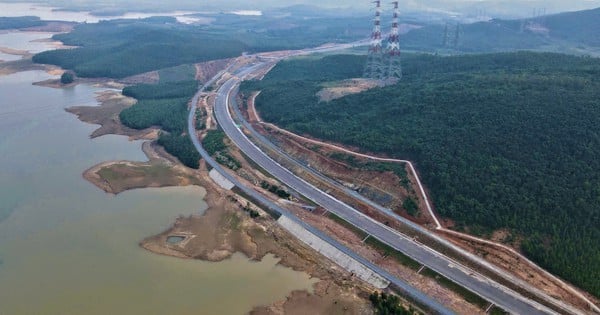


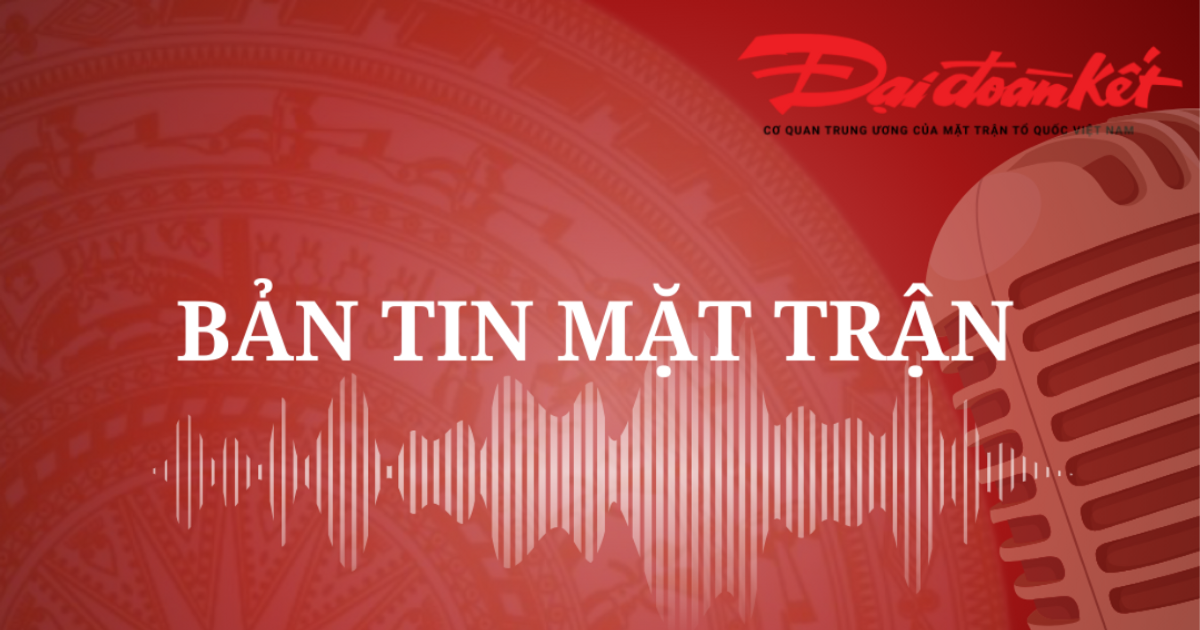




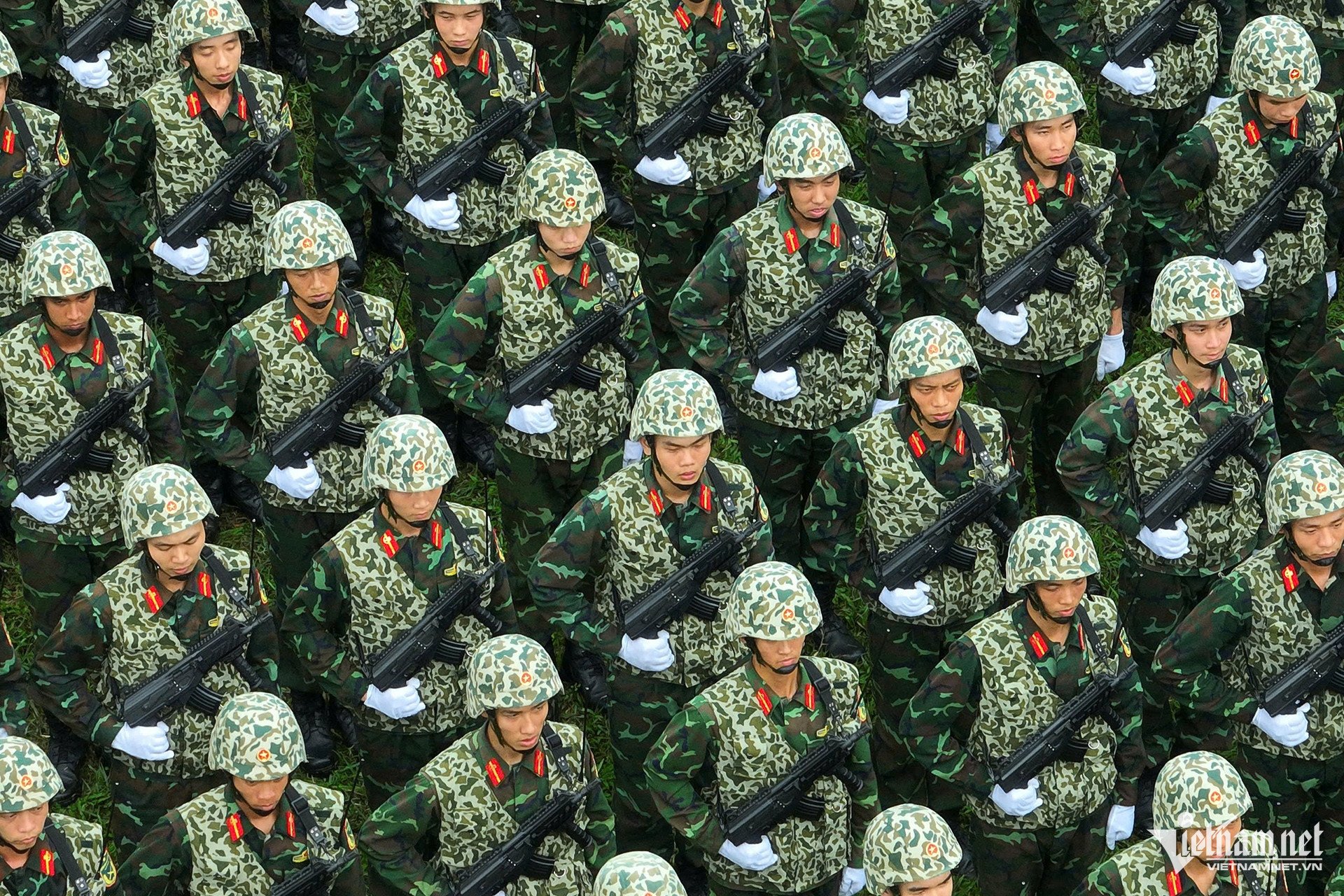



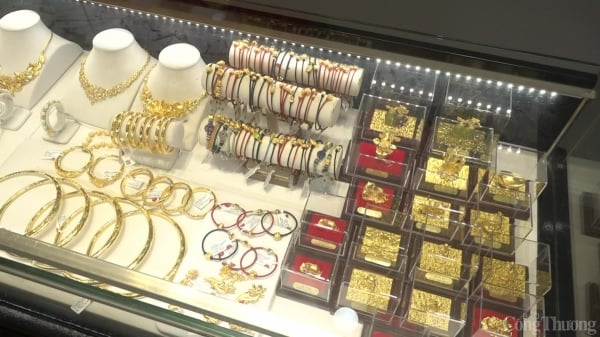
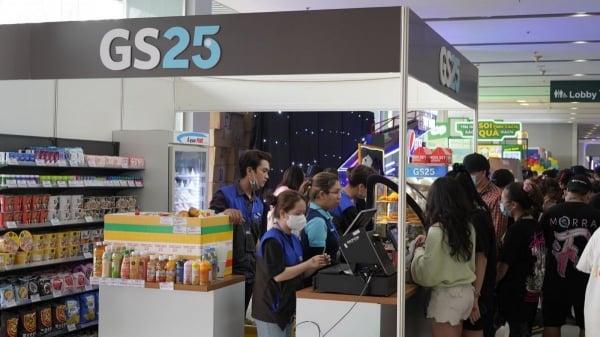





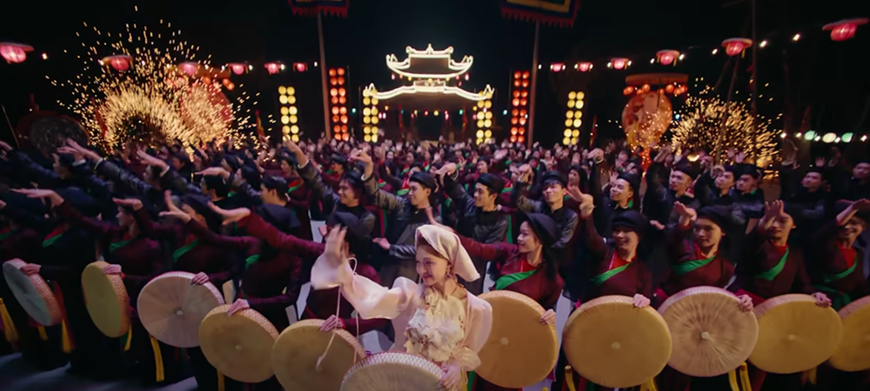

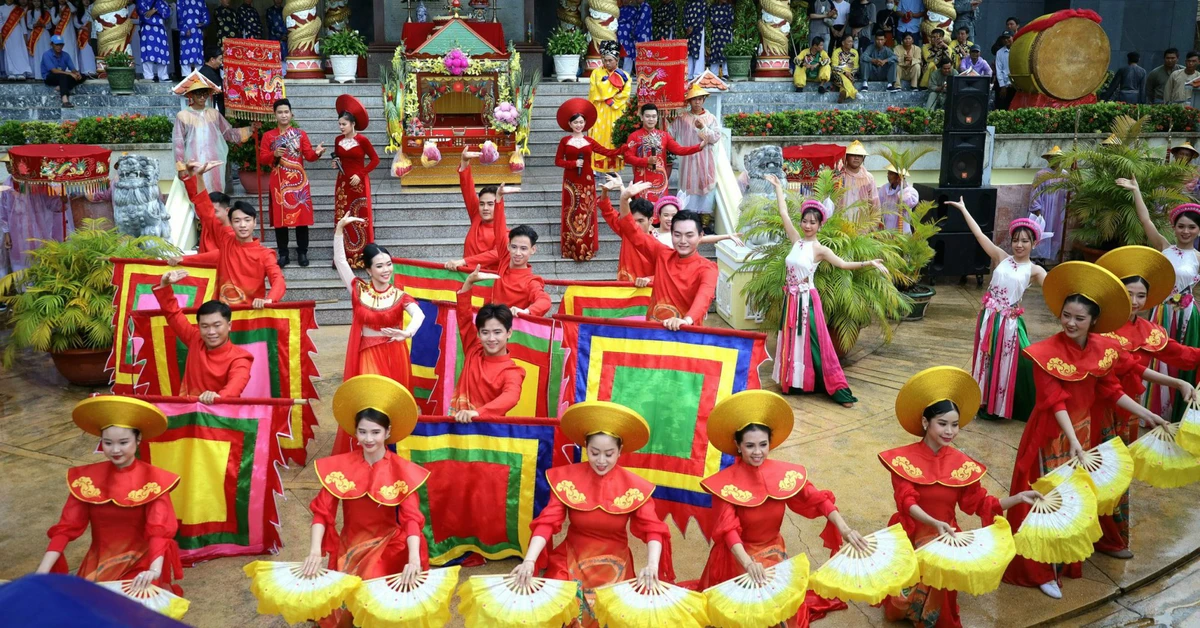

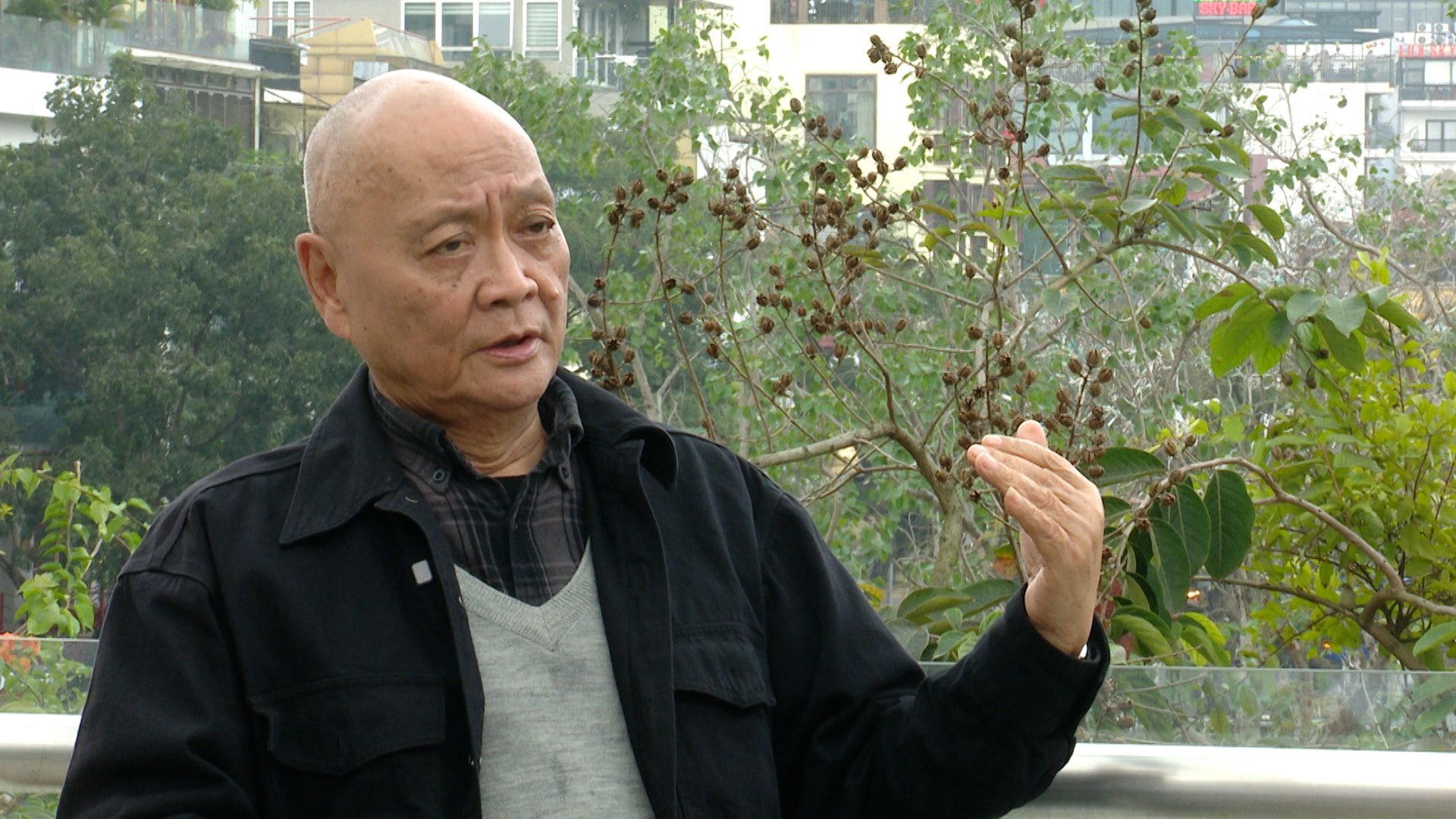

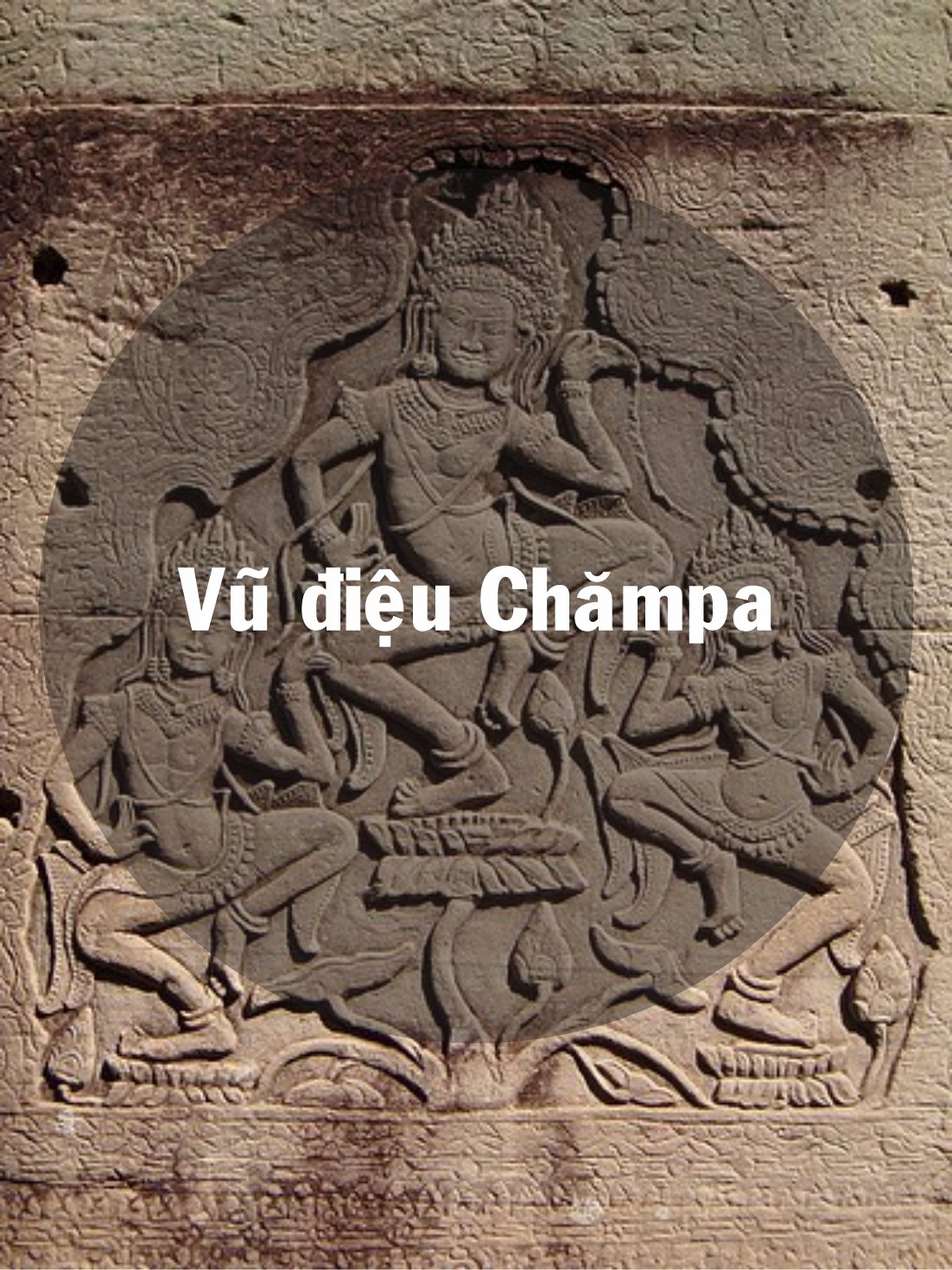



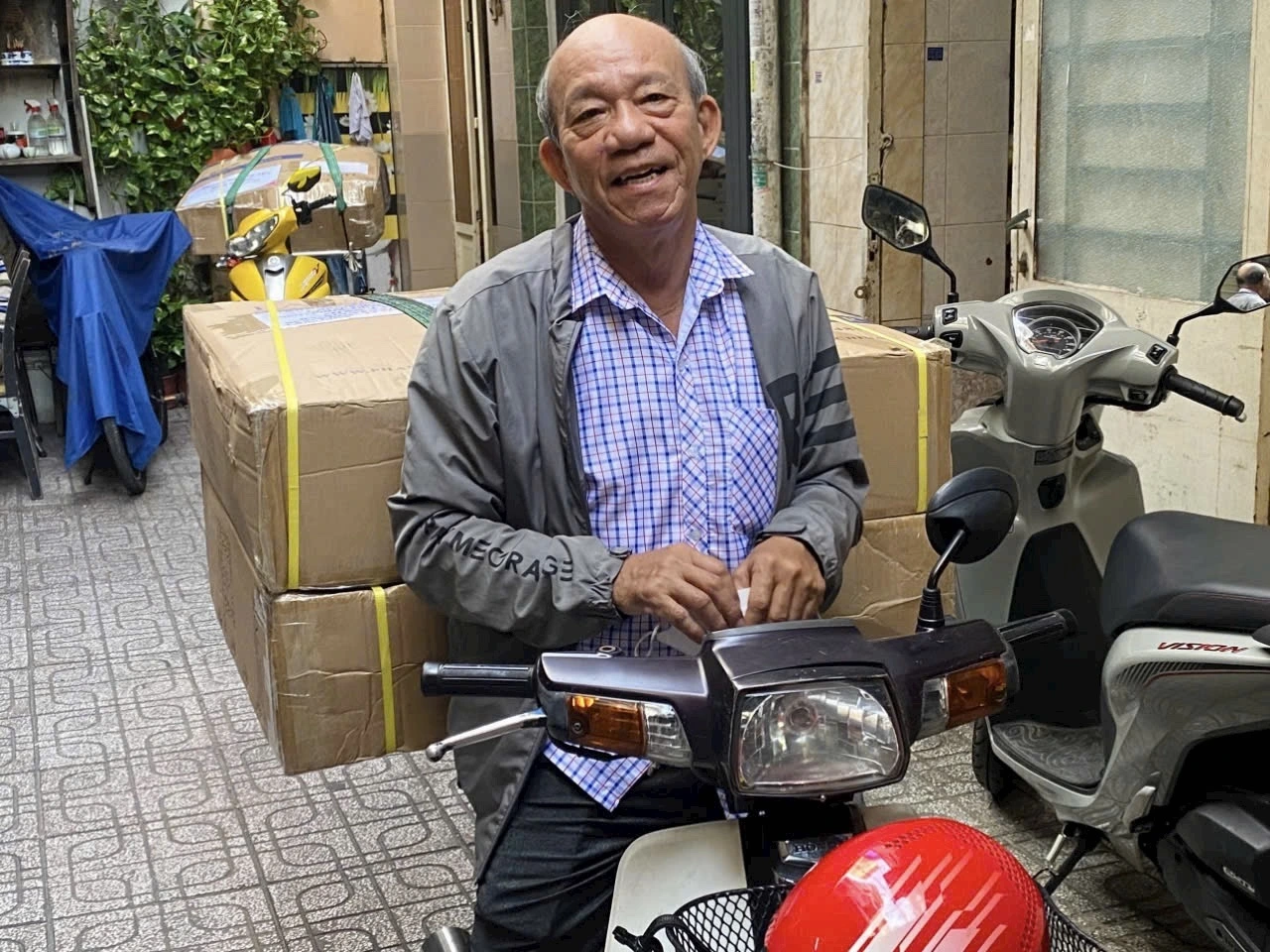





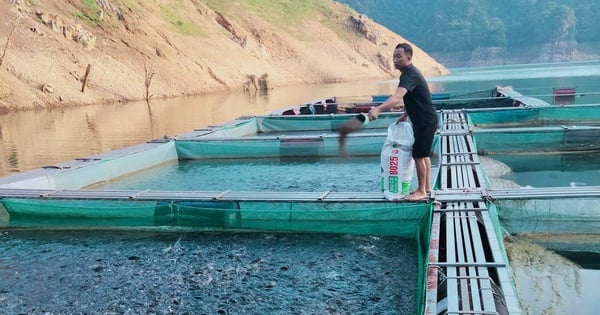
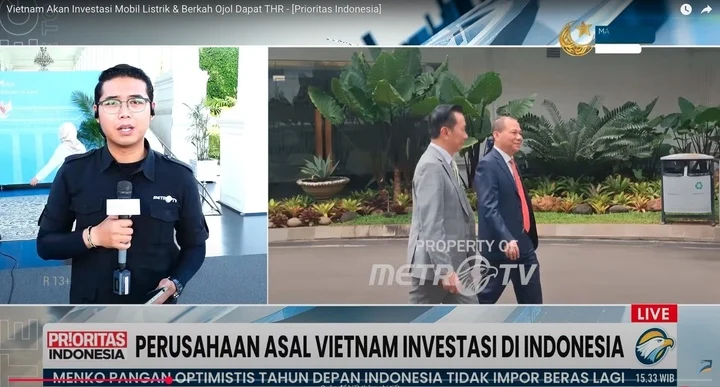

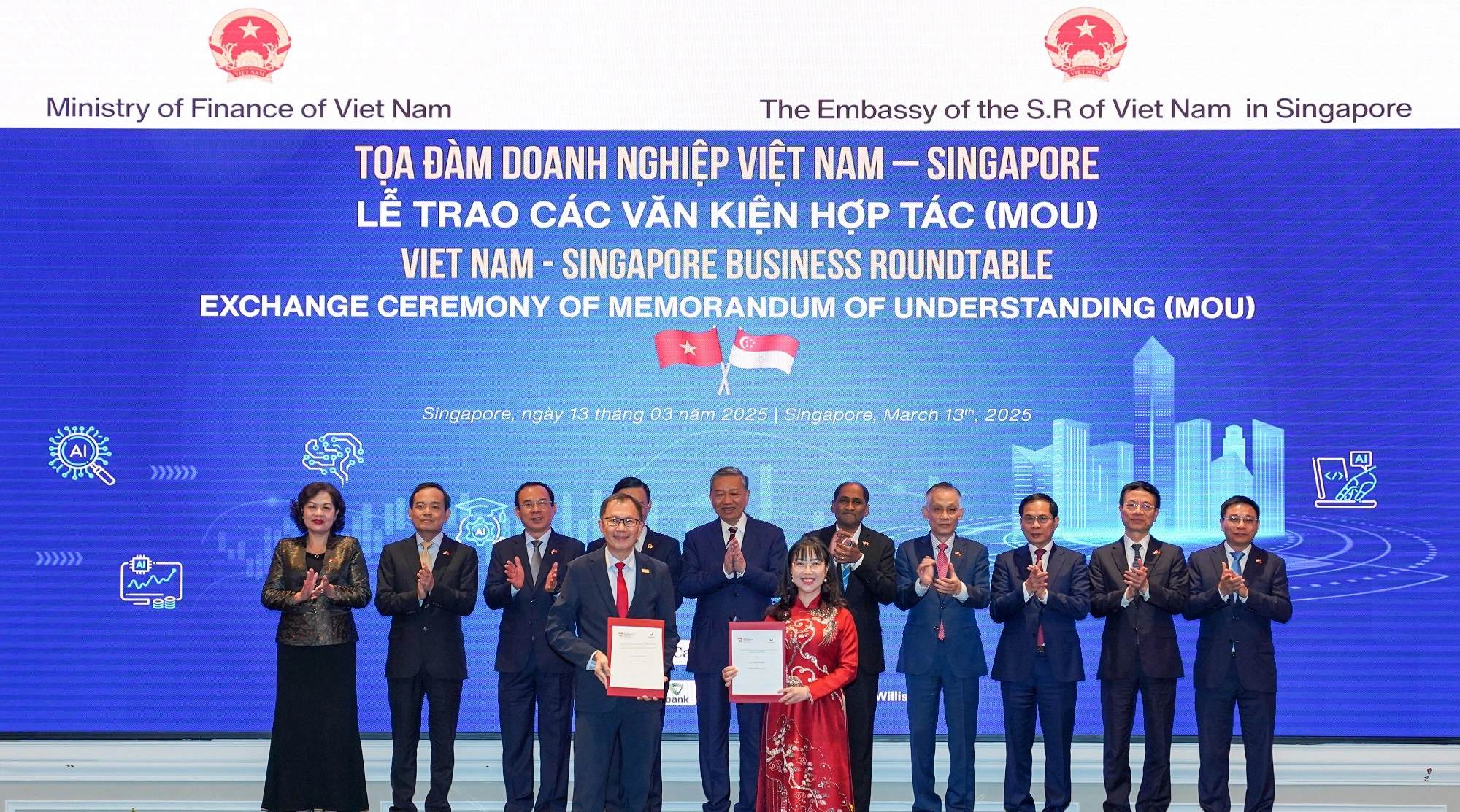
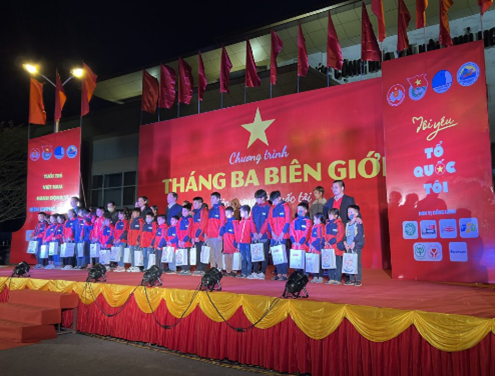

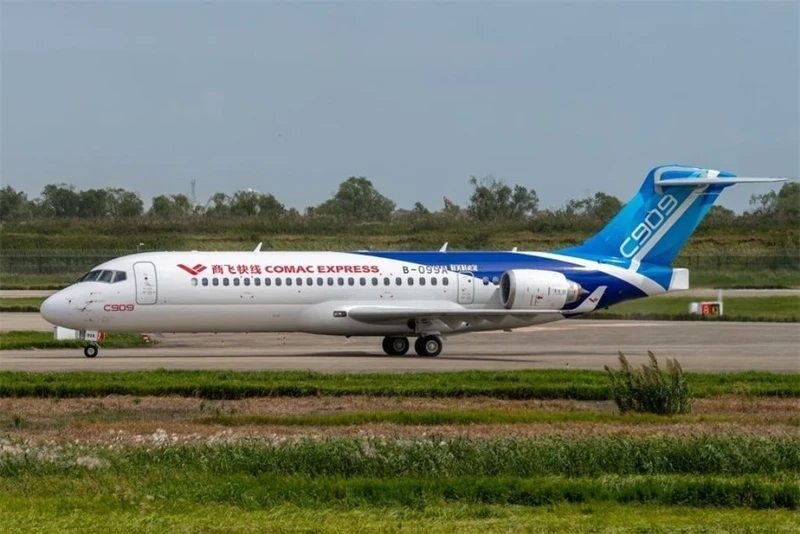



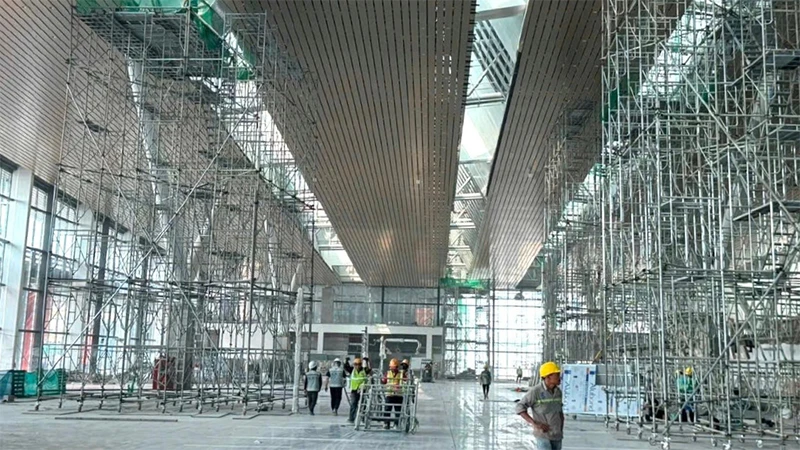

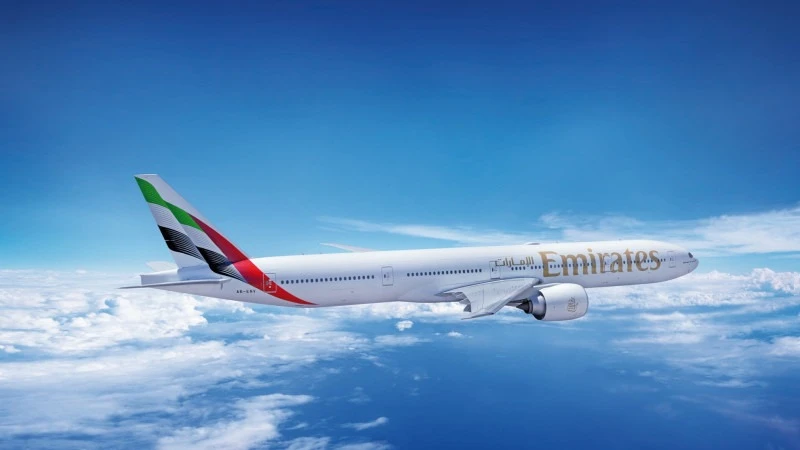
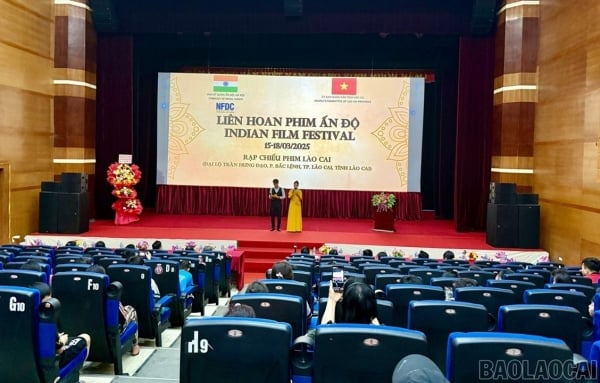

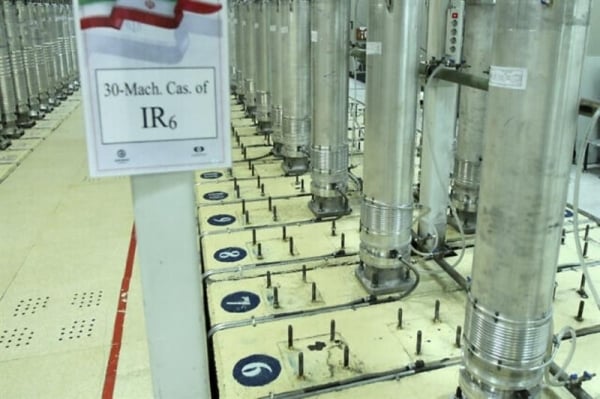
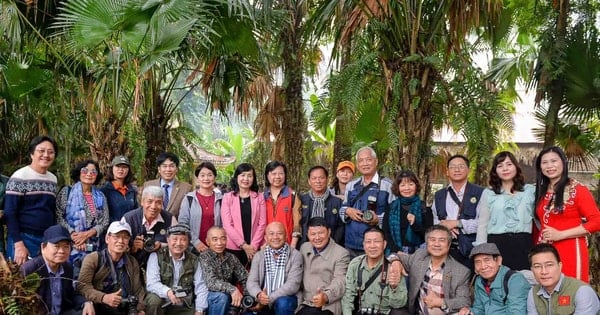
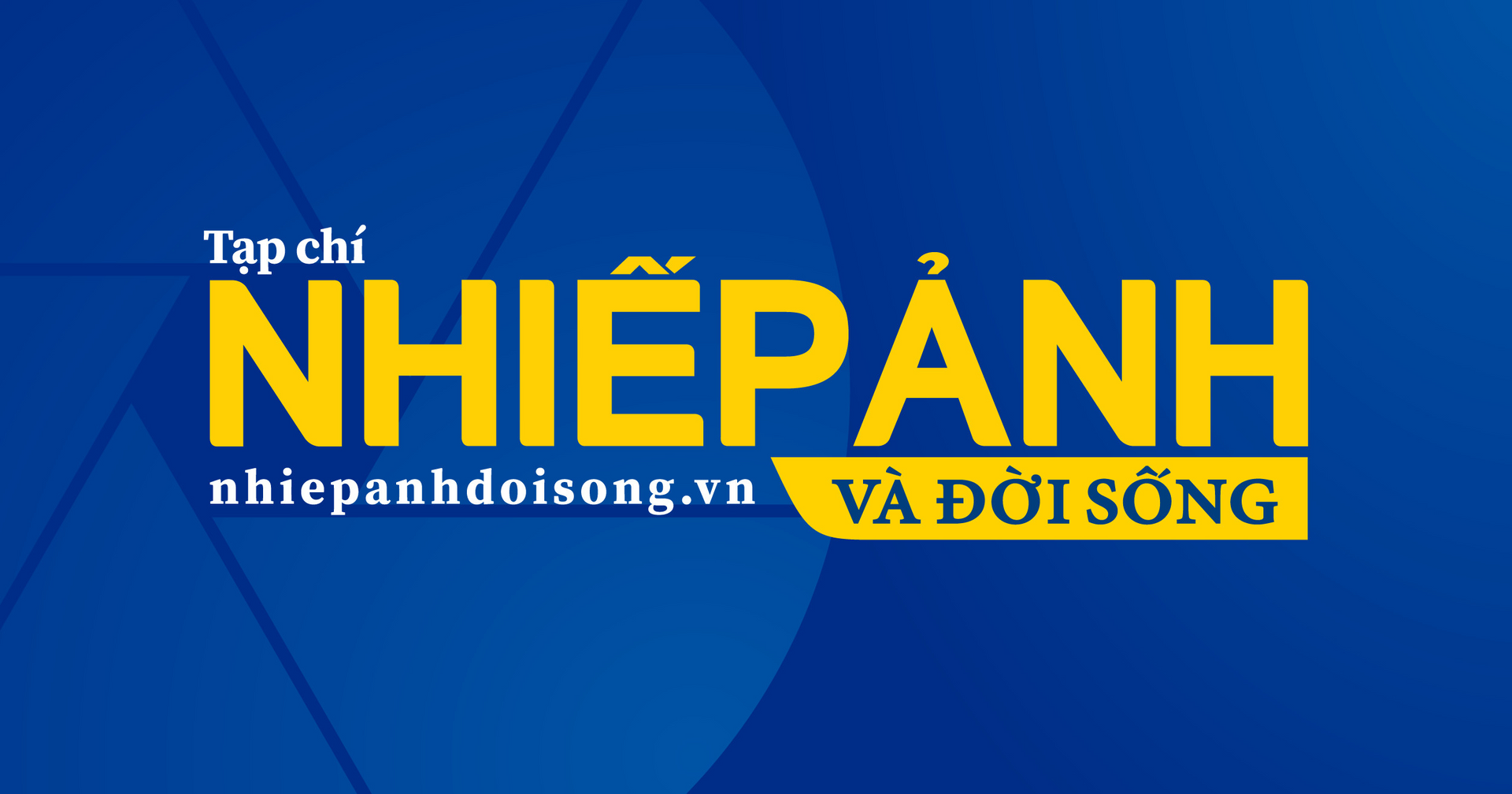
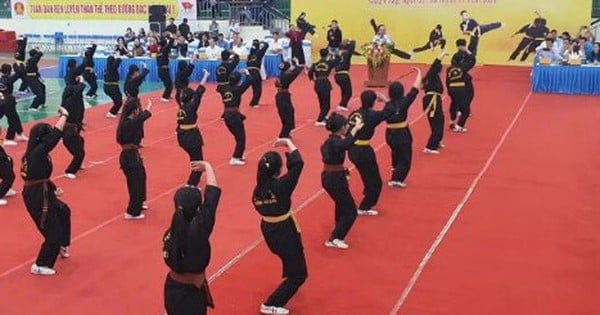

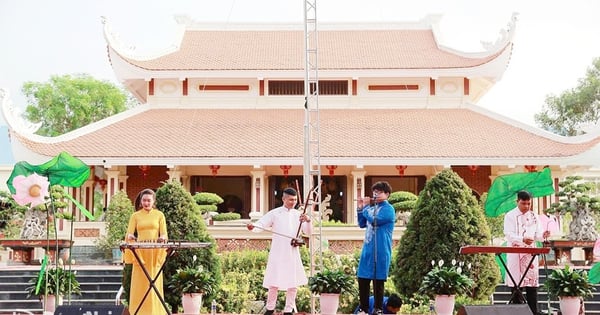

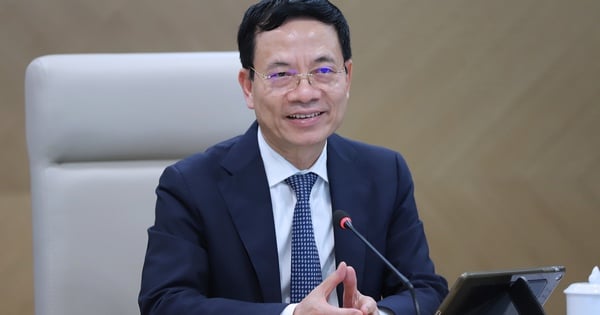



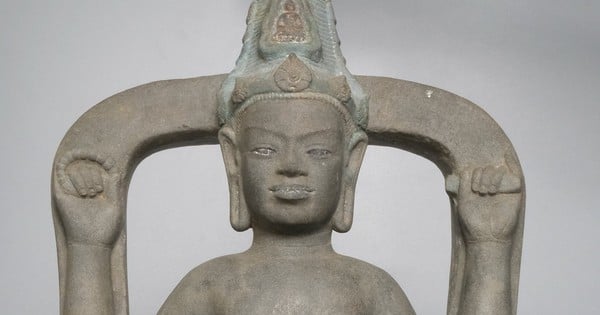

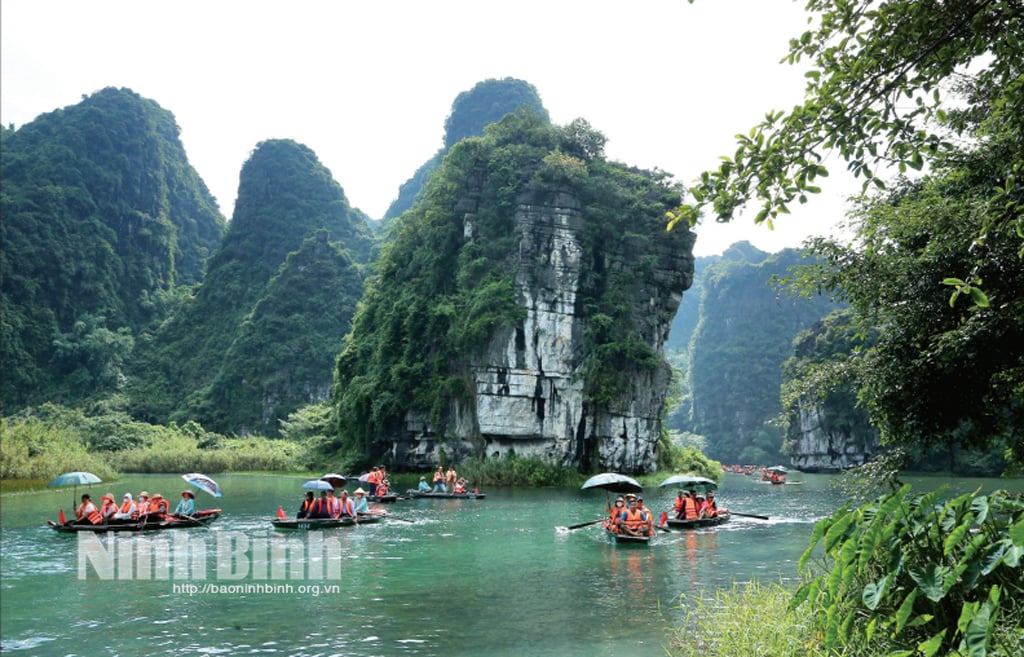

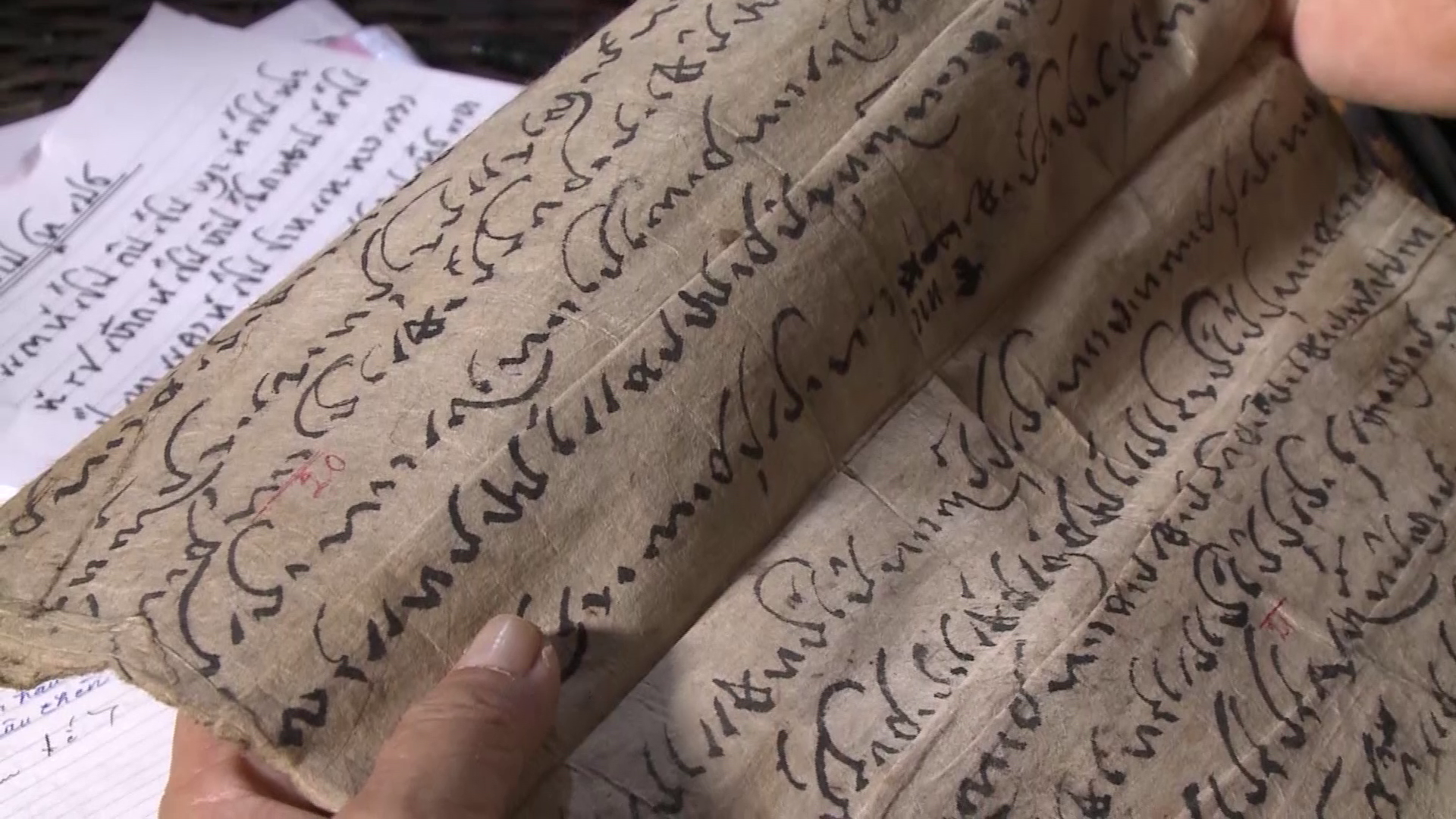
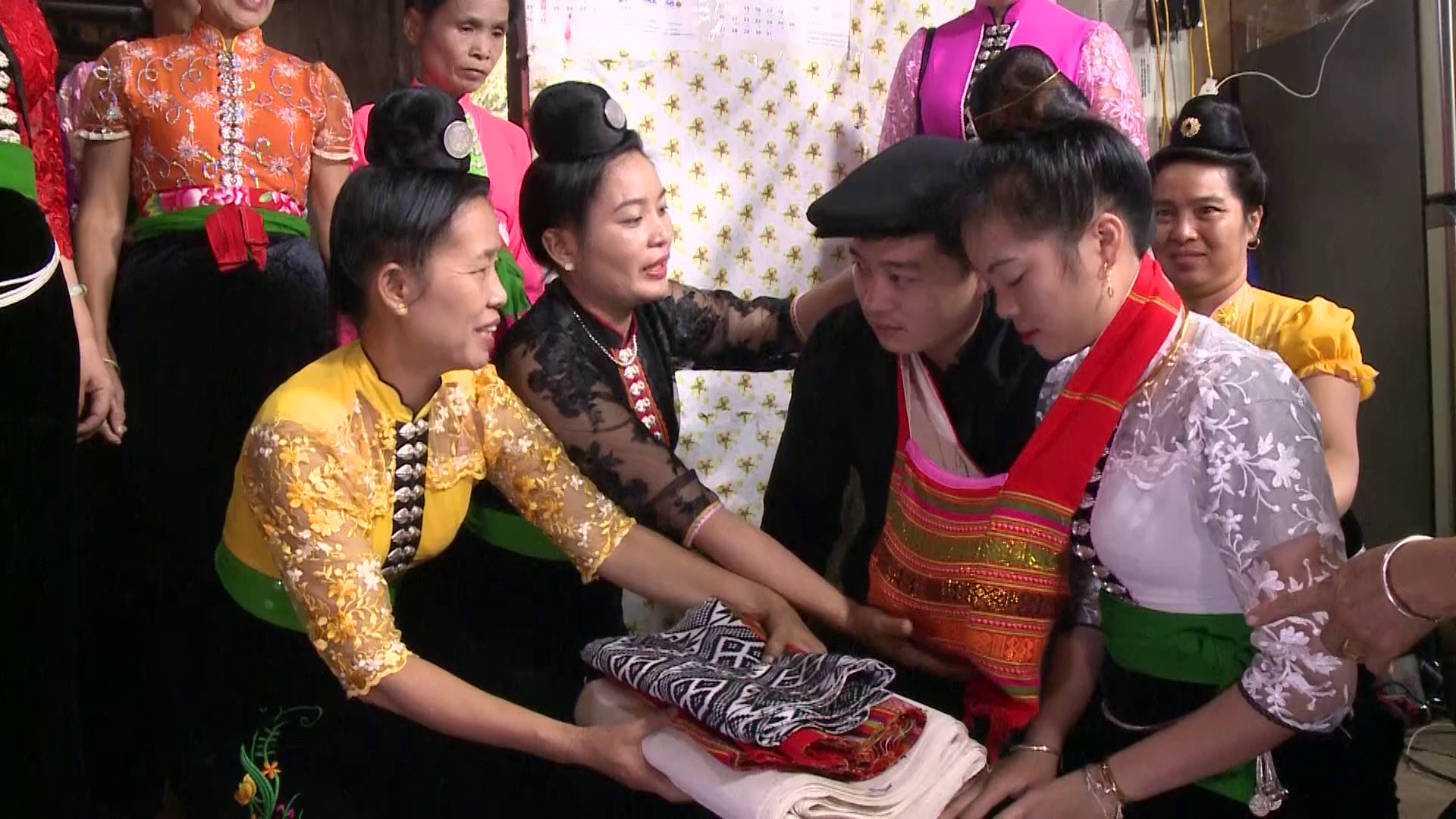



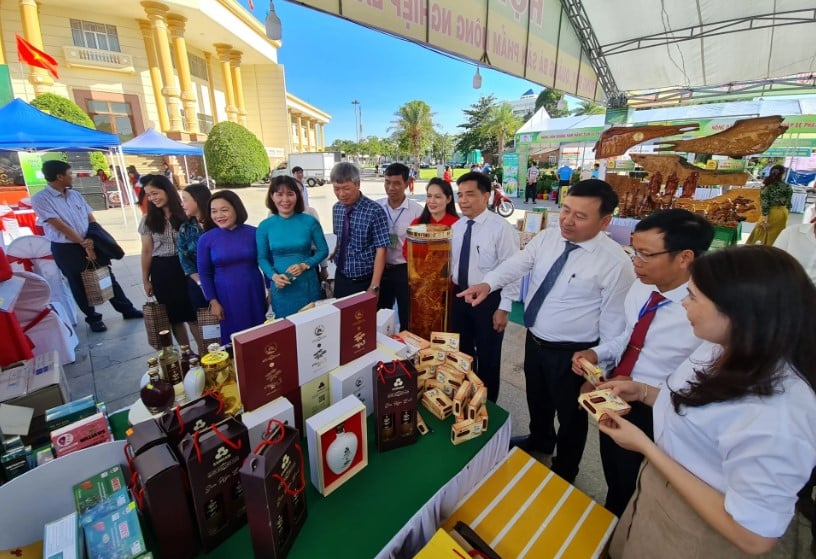




Comment (0)